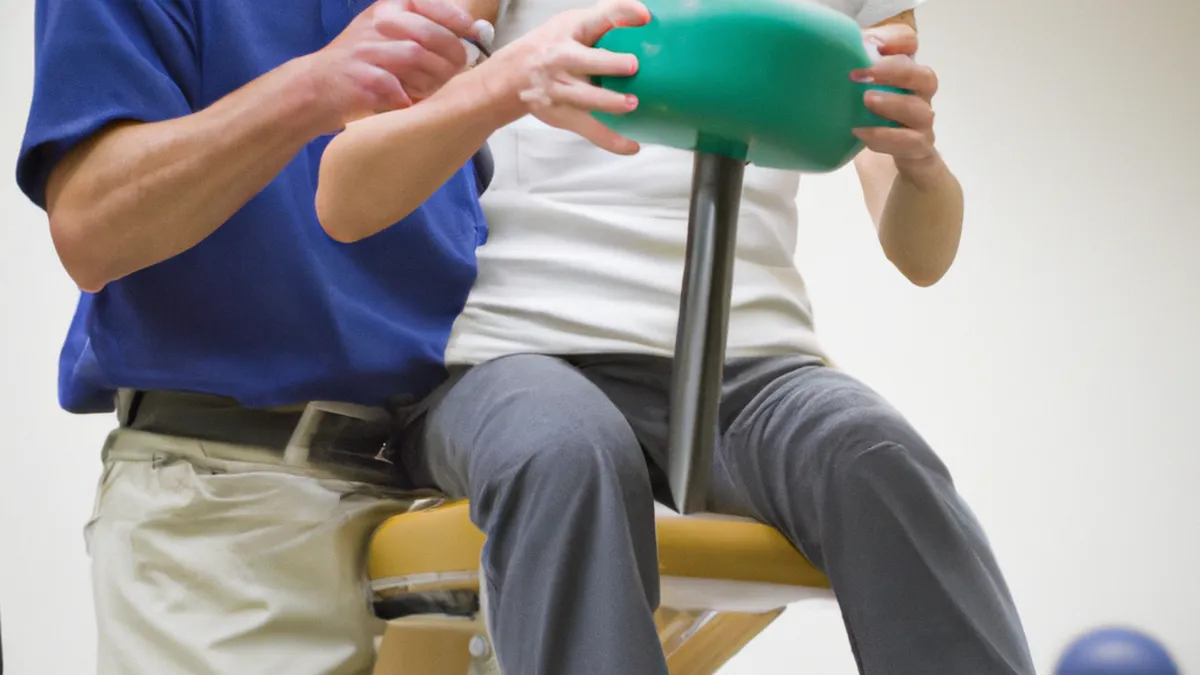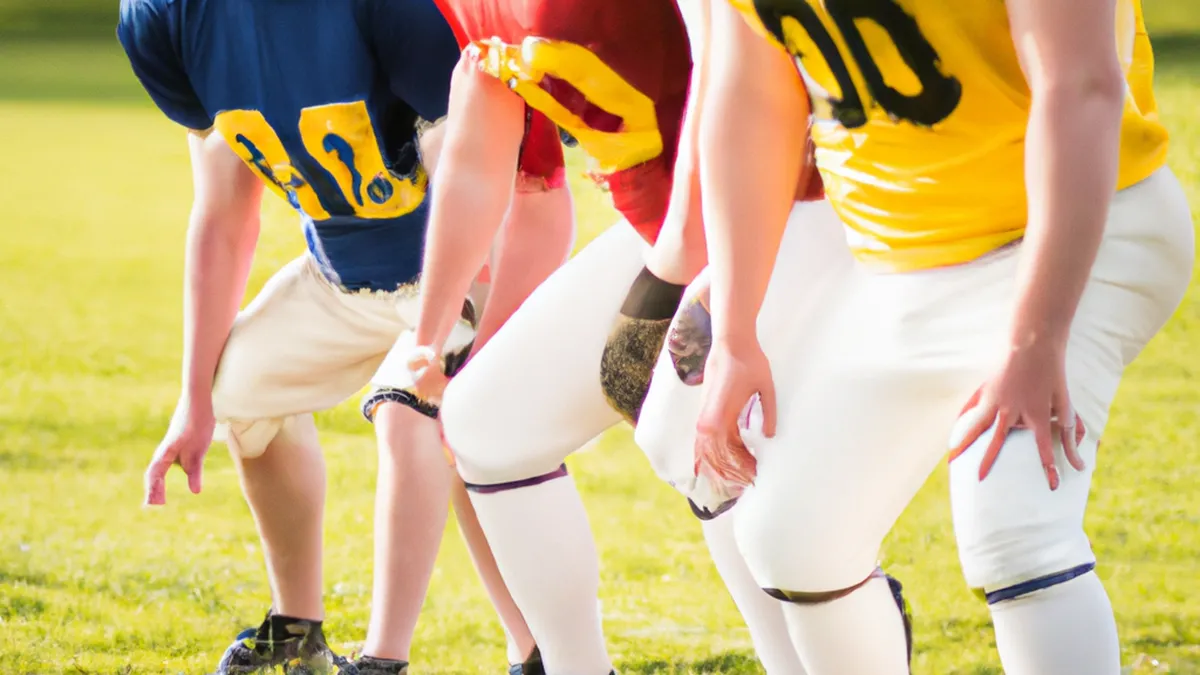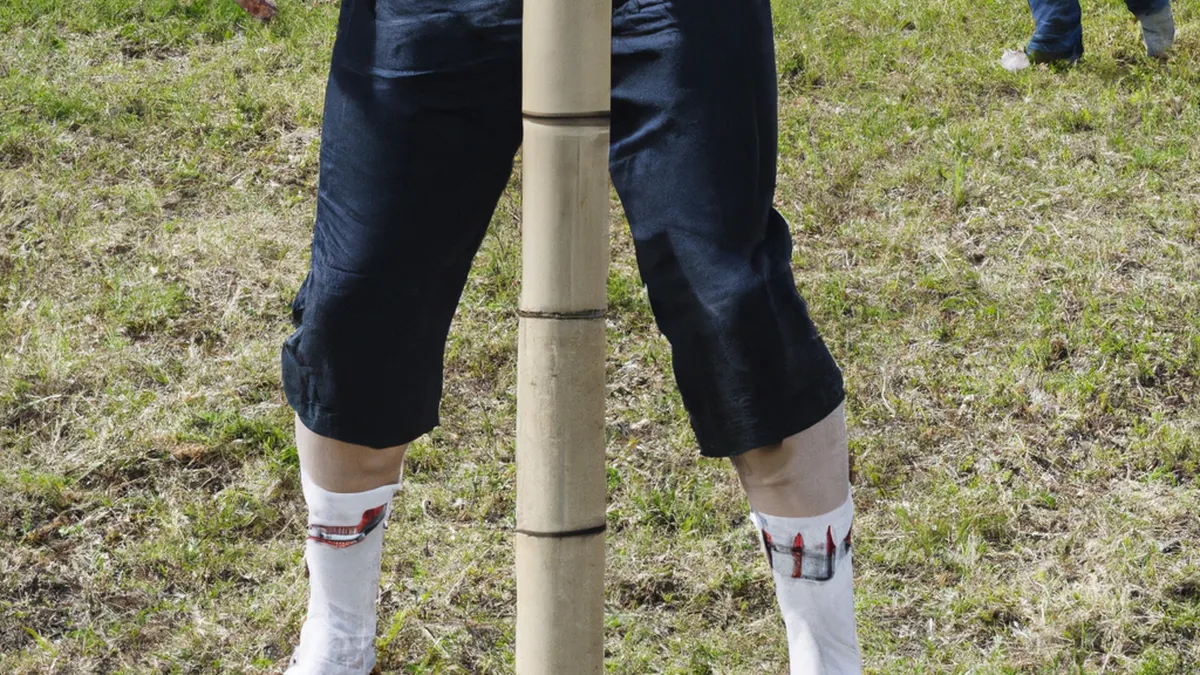Reclaim Comfort with These Exercises
Rehabilitation Exercises for Herniated Discs
As an Amazon Associate I earn from qualifying purchases.
Gear tip: consider standing desk balance board, desk cycle and insulated water bottle to support this workout.
Herniated discs cause pain and discomfort from spine wear, tear, or injuries. The inner gel bulges through a tear, pressing on nerves. Symptoms include pain, numbness, and weakness, disrupting daily activities. Rehabilitation exercises can alleviate symptoms and improve mobility. This blog post explores effective exercises, safe practice tips, and rehabilitation benefits.
Understanding Herniated Discs
Herniated discs can occur anywhere in the spine, but they mostly affect the lower back and neck. Aging, obesity, improper lifting, and sedentary lifestyles contribute to this condition. Early intervention prevents worsening.
Importance of Rehabilitation
Rehabilitation plays a key role in recovering from herniated discs. Primary goals include reducing pain, improving function, and preventing recurrence. Structured exercise programs strengthen spinal muscles, enhance flexibility, and improve posture. The right exercises reduce pain and boost mobility. Always consult a healthcare professional before starting any exercise program.
Recommended Rehabilitation Exercises
Choose exercises wisely when addressing a herniated disc. Here are effective options for your rehabilitation routine:
1. Pelvic Tilts
Pelvic tilts strengthen abdominal muscles and stabilize the spine. Lie on your back with knees bent and feet flat. Flatten your back against the floor by tightening your abdominal muscles and tilting your pelvis upward. Hold for a few seconds, then relax. Repeat 10-15 times, focusing on controlled movements.
2. Cat-Cow Stretch
The Cat-Cow stretch increases spine flexibility and relieves tension. Start on your hands and knees in a tabletop position. Inhale deeply, arch your back, and lift your head and tailbone (Cow position). Exhale, rounding your back and tucking your chin (Cat position). Alternate between these positions for 10 repetitions, focusing on your breath and spine movement.
3. Knee-to-Chest Stretch
This stretch targets the lower back, easing pain and tension. Lie on your back with legs extended. Slowly bring one knee to your chest while keeping the other leg straight. Hold for 20-30 seconds, feeling the stretch in your lower back. Switch legs and repeat.
Conclusion
In summary, rehabilitation exercises effectively alleviate herniated disc symptoms and enhance mobility.
Below are related products based on this post:
FAQ
What are the primary symptoms of a herniated disc?
The primary symptoms of a herniated disc include pain, numbness, and weakness, which can significantly disrupt daily activities.
Why is rehabilitation important for herniated discs?
Rehabilitation is crucial for recovering from herniated discs as it helps reduce pain, improve function, and prevent recurrence through structured exercise programs that strengthen spinal muscles, enhance flexibility, and improve posture.
What are some recommended exercises for herniated discs?
Recommended exercises for herniated discs include pelvic tilts, the Cat-Cow stretch, and knee-to-chest stretches. These exercises can help alleviate symptoms and improve mobility when performed correctly.















Post Comment